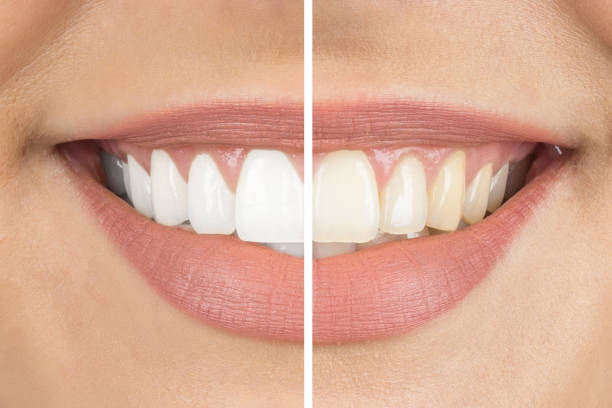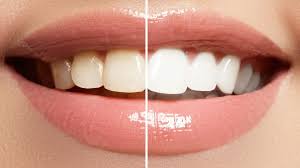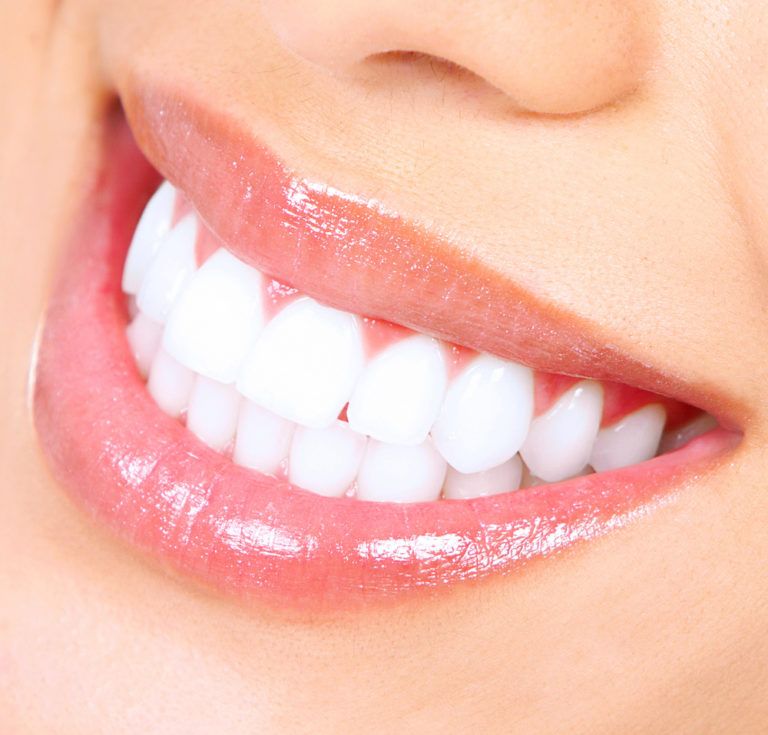How Much Does Professional Teeth Whitening Cost?

Professional teeth whitening is a cosmetic procedure designed to enhance the natural brightness of the smile. Over time, teeth may become stained or discolored due to various reasons, and Teeth whitening Cost Dubai offers a way to address this issue. The procedure is performed using specialized methods and whitening agents that can lighten the color of the teeth with visible results.
Factors That Influence Whitening Services
Several elements influence the outcome of professional whitening sessions. These include the method used, the current condition of the teeth, the desired level of brightness, and the frequency of treatments. Each person’s needs and tooth structure are unique, which means the process may vary slightly depending on the individual case.

Staining and Discoloration
Tooth discoloration can be caused by many daily habits. Drinks like coffee, tea, and others with strong pigments can leave a lasting impact on enamel. Over time, these stains settle into the outer surface of the teeth, creating a dull or yellow appearance. Whitening techniques aim to target and break down these particles, revealing a brighter layer underneath.
Techniques Used During Whitening
Several whitening methods are used depending on tooth shade and desired outcomes. Some rely on light-assisted technology, where a whitening gel is activated by a beam of light. Others use chemical application techniques to remove deep-seated stains. The selected approach is based on the level of discoloration and the individual’s tooth sensitivity.
Number of Sessions Required
The number of sessions depends on the depth of the stains and the final shade being aimed for. In some cases, a single session may produce visible results. In other situations, gradual improvements occur across multiple visits. The condition of the enamel and the age of the discoloration also play a role in determining how many sessions may be needed.
Type of Whitening Agent
The whitening agent used can vary in strength and formulation. Some formulations are designed for quick results, while others work more slowly but gently. The agent’s concentration, method of application, and length of time on the teeth all contribute to the effectiveness of the procedure.
Pre-Whitening Oral Health
The current state of oral health plays a significant role in how whitening works. If the teeth are covered with plaque or tartar, the whitening agent may not reach the enamel effectively. Clean teeth respond better to whitening, allowing the procedure to reach the deeper layers of the enamel.
Individual Tooth Structure
Everyone’s tooth structure is slightly different. Some individuals have thicker enamel, while others may have thinner layers. The underlying dentin can affect how the final shade looks. Thicker enamel tends to reflect more light and can appear whiter, while thinner enamel may show the yellowish tone of dentin more clearly.
Tooth Sensitivity and Comfort
Some individuals have naturally more sensitive teeth, which may influence the method used. For those with heightened sensitivity, a milder technique may be selected. Comfort is always prioritized during the procedure to ensure a positive and painless experience.
Desired Results
Not everyone seeks the same shade of whiteness. Some prefer a natural enhancement, while others desire a significantly brighter appearance. The method chosen will reflect the level of brightness being pursued, and the number of sessions may be adjusted accordingly.
Lifestyle and Daily Habits
Habits such as drinking dark-colored beverages, smoking, or poor brushing techniques can lead to faster discoloration. These habits may require more frequent whitening sessions to maintain the desired brightness. On the other hand, individuals who maintain good oral hygiene may see longer-lasting results from a single session.
Enamel Thickness
The thickness of the enamel can influence how whitening results appear. When enamel is strong and thick, the teeth tend to reflect light better, making them look brighter. In contrast, thinner enamel may result in less pronounced whitening because the underlying dentin plays a larger visual role.
Time Since Last Dental Cleaning
If it has been a long time since a thorough cleaning, plaque and tartar can prevent whitening agents from reaching the tooth surface evenly. A clean and polished surface enhances the effect of whitening by allowing even application of the product and better penetration into the enamel.
Stain Duration
Stains that have built up over many years tend to be more difficult to remove. Long-term exposure to staining substances can cause discoloration to settle deeper into the tooth. These stains may take longer to lift, and the whitening process may require more time and effort.
Customization of the Procedure
Each session is tailored to the individual's needs. Factors such as tooth condition, gum health, and sensitivity are considered before beginning the procedure. The goal is to provide effective results while maintaining the health and integrity of the natural teeth.
Whitening of Specific Teeth
Sometimes, discoloration is limited to certain teeth. In such cases, a focused approach may be used. Targeting only the affected teeth allows for even whitening and prevents unnecessary exposure of surrounding teeth to the whitening agent.
Natural Tooth Color
Some individuals have a naturally darker or lighter shade of teeth. The natural color serves as the foundation for how much whitening can be achieved. Lifting the natural shade several levels is often possible, but individual differences may limit how bright the final result can appear.
Frequency of Touch-Up Sessions
Over time, some fading may occur depending on diet and hygiene. To maintain the brightness, occasional touch-up sessions are sometimes performed. The frequency of these sessions depends on individual needs, habits, and how long the initial results last.
Age and Tooth Wear
As individuals age, their enamel naturally wears down, and teeth may appear darker or more yellow. Whitening methods are adjusted to address age-related discoloration in a way that is effective but gentle. The techniques used take into account the strength of enamel and overall oral health.
Expectations and Satisfaction
Expectations play a major role in how individuals perceive their results. Some may seek perfection, while others are happy with subtle improvements. Understanding what whitening can realistically achieve helps align expectations and contributes to overall satisfaction with the outcome.
Final Thoughts on Whitening Experience
Professional Teeth whitening Cost In Dubai offers a way to restore the natural brightness of a smile. The experience is influenced by many personal and procedural factors. With proper technique and an understanding of individual needs, the results can be both visible and rewarding. The appearance of a brighter smile often enhances confidence and encourages continued attention to oral care.

